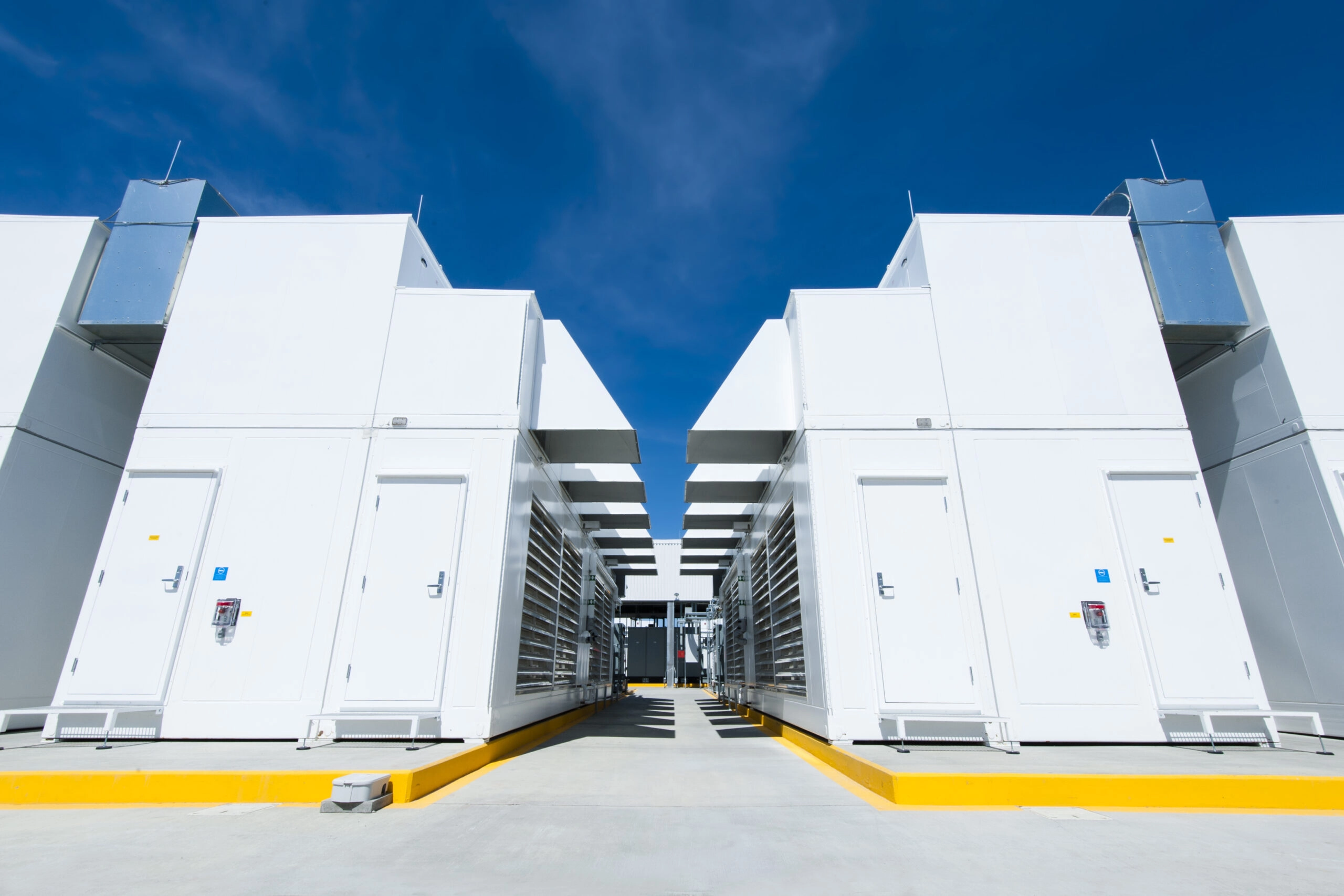If Microsoft’s on-premise server business is feeling the squeeze from the rising tide of generative AI (GenAI), it’s apparent that convincing organizations to upgrade to Windows Server 2025 might prove even more challenging. Launched last November, this new version is struggling to capture the attention of customers preoccupied with implementing GPU-accelerated systems.
In examining Microsoft’s performance during the second quarter of fiscal 2025, which concluded in December, a decline in profits from its core systems business—comprising both the Windows Server platform and Azure’s compute, storage, and networking services—is evident.
Despite these challenges, Microsoft remains a formidable player in the infrastructure market, boasting one of the largest revenue streams worldwide, exceeding those of competitors like Hewlett Packard Enterprise and Dell. The company’s overall revenues for the December quarter rose by 12.3% to $69.63 billion, with operating income climbing 13% to $30.55 billion. However, this growth is overshadowed by increasing cash expenditures, particularly in Azure’s cloud capacity, primarily driven by AI cluster investments.
Microsoft has notably invested significantly in datacenter acquisitions and hardware, spending $22.6 billion in the quarter, with a substantial portion earmarked for Azure. Consequently, the company’s cash reserves have decreased by 11.7% year-over-year.
Divided into three major segments—datacenter infrastructure, enterprise applications, and PC software—Microsoft’s Intelligent Cloud division, which includes Azure and Windows Server, remains crucial. Despite overall positive results, revenues from the on-premises Windows Server stack showed a 3% decline due to lower-than-expected sales linked to its latest version.
Looking ahead, CFO Amy Hood cautioned investors to anticipate continued revenue declines in the mid-single digits for the Windows Server stack, highlighting a general trend of slowing transactional purchasing.
During this quarter, Azure’s sales reportedly reached $15.79 billion, up 31% from the previous year, contributing significantly to the Intelligent Cloud segment’s performance. However, the transition toward GenAI has seemingly prompted a general-purpose server recession, compelling datacenters to consolidate resources, resulting in fewer server licenses needed.
Despite these challenges, AI services within Azure experienced remarkable growth, increasing by 157% year-over-year, suggesting a bright future in AI-focused solutions. However, other non-AI services lagged due to execution challenges in marketing strategies.
This evolving landscape signals a critical phase for Microsoft as it navigates the balance between traditional enterprise needs and the burgeoning demands of AI technologies.
